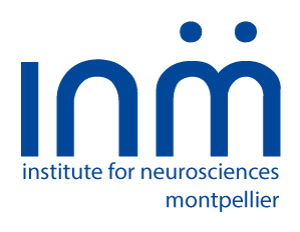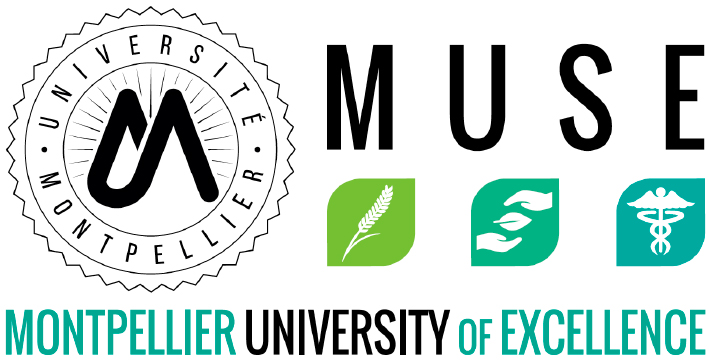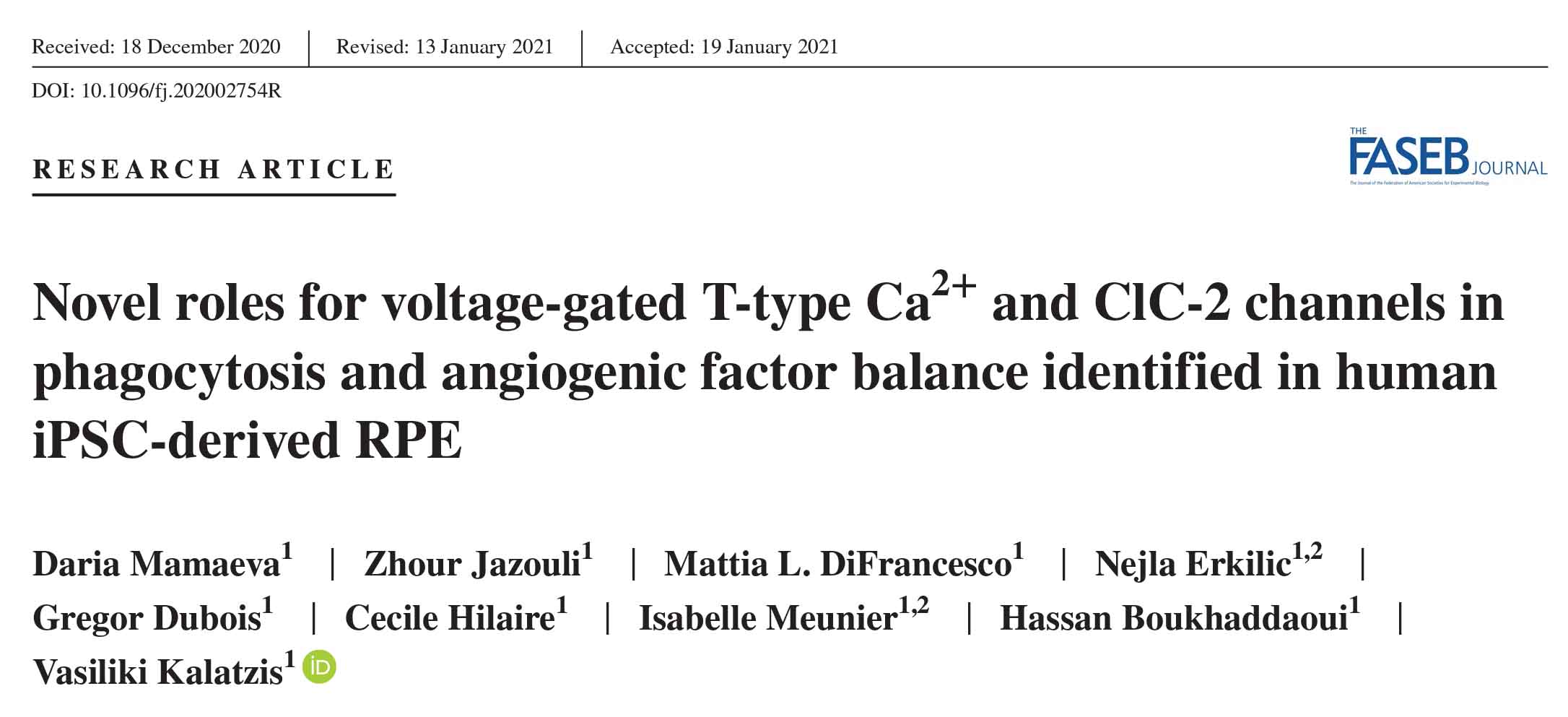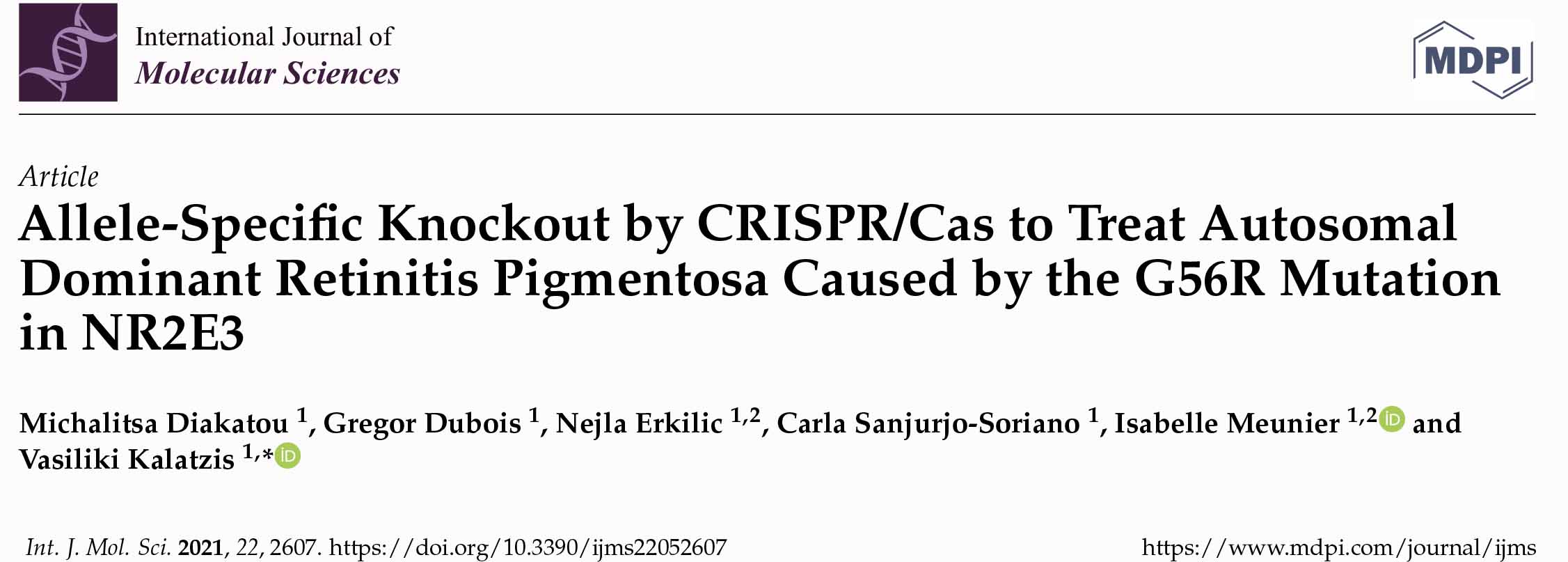Category (en-gb)
Category (en-gb)
The Institute for Neurosciences of Montpellier (INM) is the Joint Research Unit U1298 Inserm/University of Montpellier. It comprises 8 Inserm teams and a staff of 200 personnel working on sensory-motor deficits and neurodegeneration. INM aims to gather fundamental and translational research to study the development, synaptic plasticity and integration, and neurodegenerative processes leading to disorders of the central and sensory-motor systems.
Our fundamental research is the ground for the development of innovative therapeutic (cell and gene therapy) and diagnostic (genetics and proteomics) strategies for hereditary retinal and optic nerve blindness, corneal damages, auditory neuropathy (deafness and tinnitus), somatosensory diseases (touch and pain), sleep disorders, cognition disorders (autism, schizophrenia, environmental stress) and neurodegenerative diseases (amyotrophic lateral sclerosis, multiple sclerosis, Alzheimer's disease).
Research, from the molecular level to the integrated system, is conducted using cutting-edge technical platforms (functional analysis, stem cell and organoids, neurogenetics, proteomics, biostatistics and epidemiology, photonic and electronic imaging). Our translational research is based on strong interactions with clinical services (neurology, ophthalmology, ENT). We benefit from the support of patient associations and interact constructively with industry.
Join the Institute for Neurosciences of Montpellier (INM) as a Junior Group Leader!
The INM, a leading research unit affiliated with Inserm and the University of Montpellier, is seeking talented junior researchers to develop cutting-edge neuroscience projects. We offer state-of-the-art facilities, opportunities for collaboration with established teams, and strong support for securing research funding. If you have a PhD (within the last 10 years) and are eager to advance your research career, apply by November 30th, 2024, to be considered for this exciting opportunity.


The INM is committed to the development of eco-responsible research
RECENT ARTICLES
Identification of novel roles for ion channels in RPE function and homeostasis
Using CRISPR/Cas9 to mediate allele-specfic knockout as a treatment for autosomal dominant retinitis pigmentosa
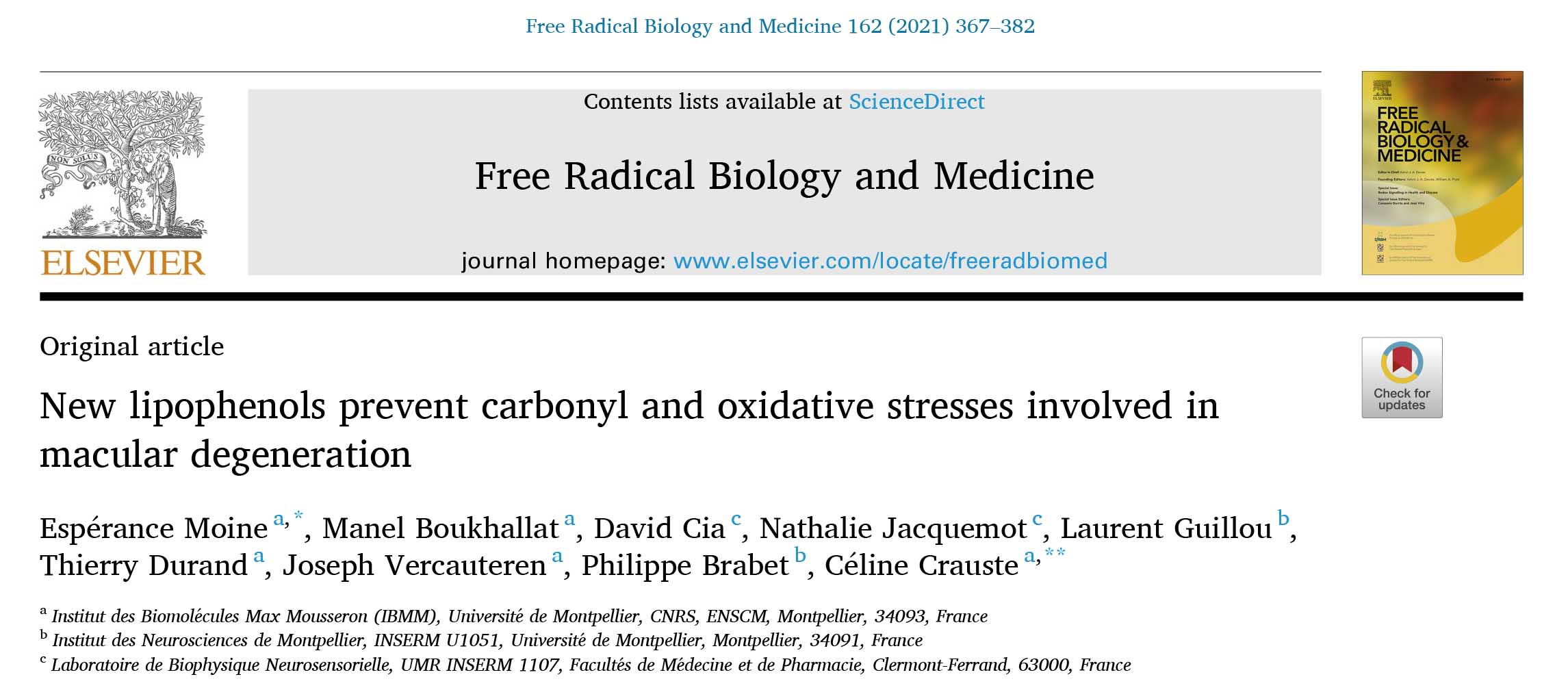
New lipophenols for the etiological treatment of hereditary macular dystrophies
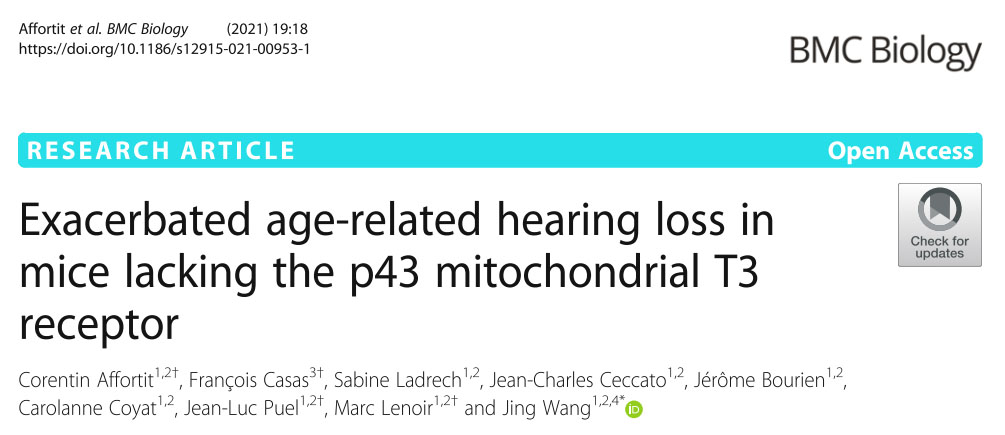
A new gene involved in the age-related hearing loss
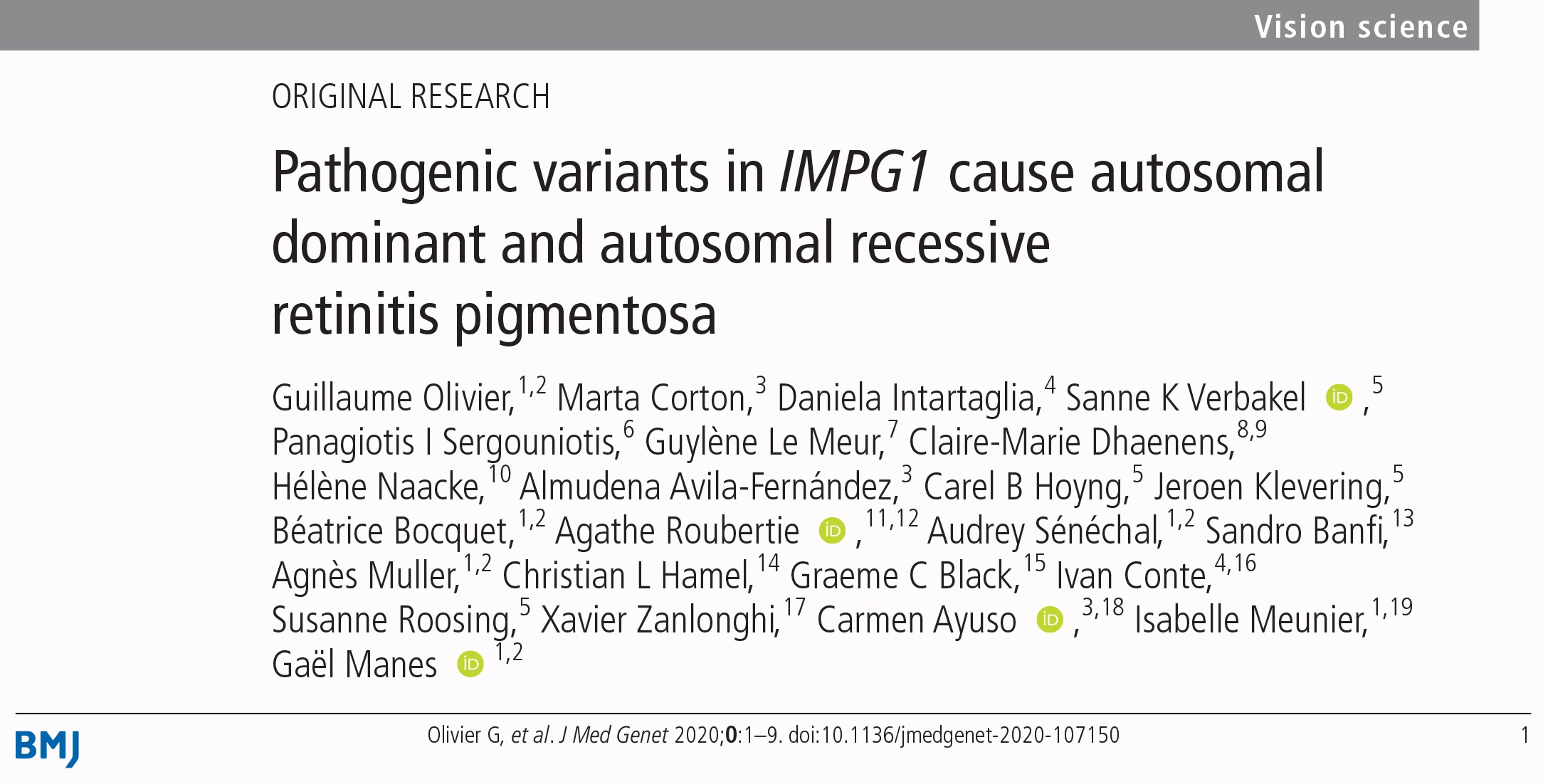
Identification of a new gene causing both dominant and recessive forms of the most frequent blinding inherited disorder: retinitis pigmentosa
Subcategories
Vision
The retina is the tissue that lines the back of the eye and receives, modulates, and transmits the light signal to the brain to ensure our vision. Disturbance of any of these retinal processes leads to visual impairments known as Inherited Retinal Dystrophies (IRDs). These retinal diseases, characterized by the progressive loss of photoreceptors (the light-sensing cells), can appear at any age. IRDs result in progressive impairment of either central vision, comprising reading, writing, and face recognition due to defective cone photoreceptors, or peripheral vision, with loss of visual field and night vision difficulties due to defective rod photoreceptors. It is therefore necessary to develop and validate new treatments to prevent disease progression or photoreceptor loss, and possibly restore, at least partly, impaired vision. The Vision team studies all aspects of IRDs: 1) clinical and genetic diagnosis; 2) identification of new genes and validation of new genetic variants (alterations in the DNA sequence); 3) elucidation of pathophysiological mechanisms, and 4) development of innovative therapies.
Hearing
Our goal is to unravel the mechanisms of deafness and tinnitus to envision therapies. This requires i) the analysis of animals mutant that recapitulate human auditory deficits, ii) to decipher the sound encoding process and iii) to develop new diagnostic tools for auditory disorders screening.
Sensation
Sentient animals have the ability to feel touch and painful stimuli, to sense cold and hot, to respond to aversive stimuli by adaptive reflexive movements. These fundamental activities, essential for survival, are encoded by neuronal circuits that link the somatosensory (body sense) and motor systems (appropriate action). We study how these interlinked systems are established during development and how they function in the normal and pathological states.
Motoneuron
Our mission is to 1) understand how the cellular environment contributes to the degeneration of motoneurons in amyotrophic lateral sclerosis (ALS) and other motoneuron disorders
2) develop new therapeutic strategies.
Our research is carried out by a multidisciplinary team of neurobiologists, electrophysiologists, immunologists, clinicians, and geneticists.
INM Committees and Grant Office
As a way to address important and common issues linked to our research and the functioning of the institute, we created different committees.
Proteinopathies
Our new team is focusing on the pathophysiological mechanisms, methods of detection and therapeutic approaches of proteinopathies (Prions, Alzheimer's, Parkinson...). At the molecular and cellular level, we will study the conversion of soluble proteins to pathological aggregates and the environmental factors influencing this process. The detection of these different protein forms, notably by proteomics approaches, will be performed in biological samples from patients. Cellular and in vivo (mouse) stem cell related approaches, both as experimental models (IPSC) and as a main topic of investigation (neurogenesis, cell therapy, environmental pollutants) will be also at the center of our research as follows. Three main research aims with referent PI but actually involving the whole team in a complementary fashion are described below.
Corticogenesis
Cortico-genesis


